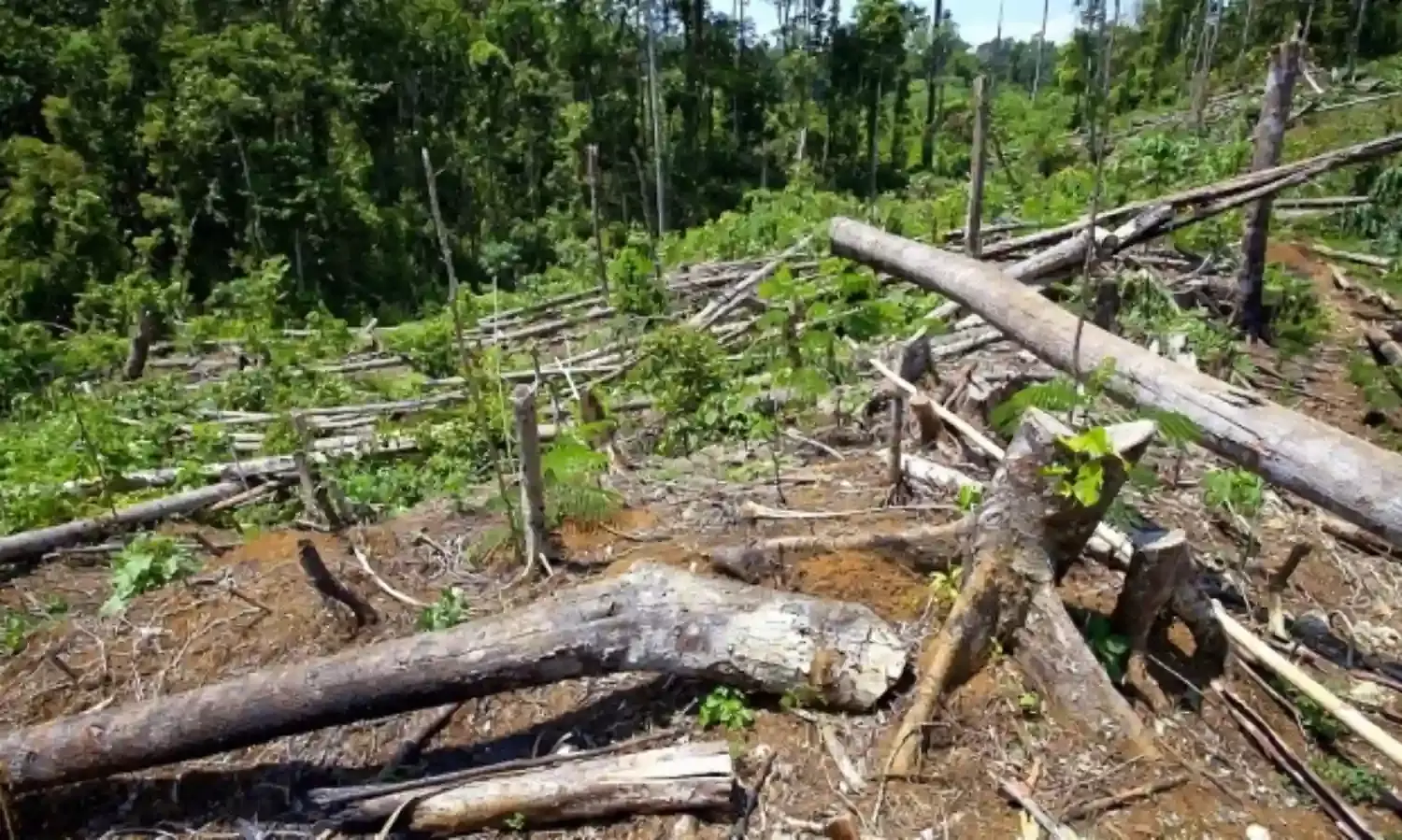India Still Slaying Forests Amid Global Warming, Northeastern Region Bears the Brunt
From 2001'2018, Nagaland clocked in the highest relative tree cover loss at 15%

ITANAGAR: Mention the term ‘Northeast India’ and clichéd images of imposing hills and mountains covered in lush green forests are for most people probably the first things that come to mind. While the image isn’t far from the truth, the latest data reveals a picture far more mixed.
Recently during a high-level government meeting of states located in the Himalaya-Patkai ranges, the governments collectively called for the formation of a separate, dedicated central ministry that would be empowered to formulate schemes and policies catering to their specific needs and requirements.
Eight of these states are in the geopolitical ‘Northeast’.
It’s a case that has been made several times in the past and even experts agree that policies that work in the deserts of Rajasthan or the fields of Punjab may not necessarily be best suited to the hills.
One of the arguments made during that meeting in Mussoorie, Uttarakhand was that the constant push to preserve forests has become an impediment to infrastructural development.
Whether that argument holds sway is up for debate, but the latest data reveal some contrasting information about the state of forests in India’s north-eastern region over the last 18 years.
Data mapped by the Global Forest Watch show that from 2001 to 2018, India lost 1.67 million hectares (MHa) of tree cover, a 4.3 percent decrease since 2000 and equivalent to 645 metric tonnes of carbon dioxide emissions.
Nagaland clocked in the highest relative tree cover loss at 15 percent, compared to a nationwide average of 12 percent. The next six states – Tripura, Mizoram, Meghalaya, Manipur, Assam – are all from the Northeast. Arunachal Pradesh, with a relative tree cover loss of 3.2 percent just missed out on the tenth spot.
Only Sikkim fared relatively well, losing just 0.47 percent of its tree cover in that period to come in at the 30th position.
While the overall tree cover in the region has decreased since 2000, relative gains were made from 2001 to 2012. Here too, the north-eastern states gained the most tree cover (as opposed to forest cover). In fact, four states – Arunachal Pradesh, Nagaland, Manipur, and Assam – alone were responsible for 61 percent of India’s tree cover gain in that specific period.
As for the nature of the loss of tree cover, the country had 31.3 million hectares of natural forest extending over 11 percent of its land area in 2010. In 2018, it lost 126 thousand hectares of natural forests.
Individual analysis of statewise data reveals some more startling facts.
From 2013 to 2018, 100 percent of all tree cover loss in Arunachal Pradesh, Mizoram, and Nagaland occurred within natural forests. The figures for the other states in the region are: 99% in Manipur, Sikkim and Tripura, 97% in Assam, and 92% in Meghalaya.
These figures do not necessarily go against the trend nationwide. Most tree loss across the country does occur in natural forests but such high numbers are primarily seen in smaller states with comparatively less infrastructural buildup.
Of the country’s overall tree cover loss, the north-eastern region accounts for 74.7 percent, with a large part occurring during the period 2013 to 2018.



